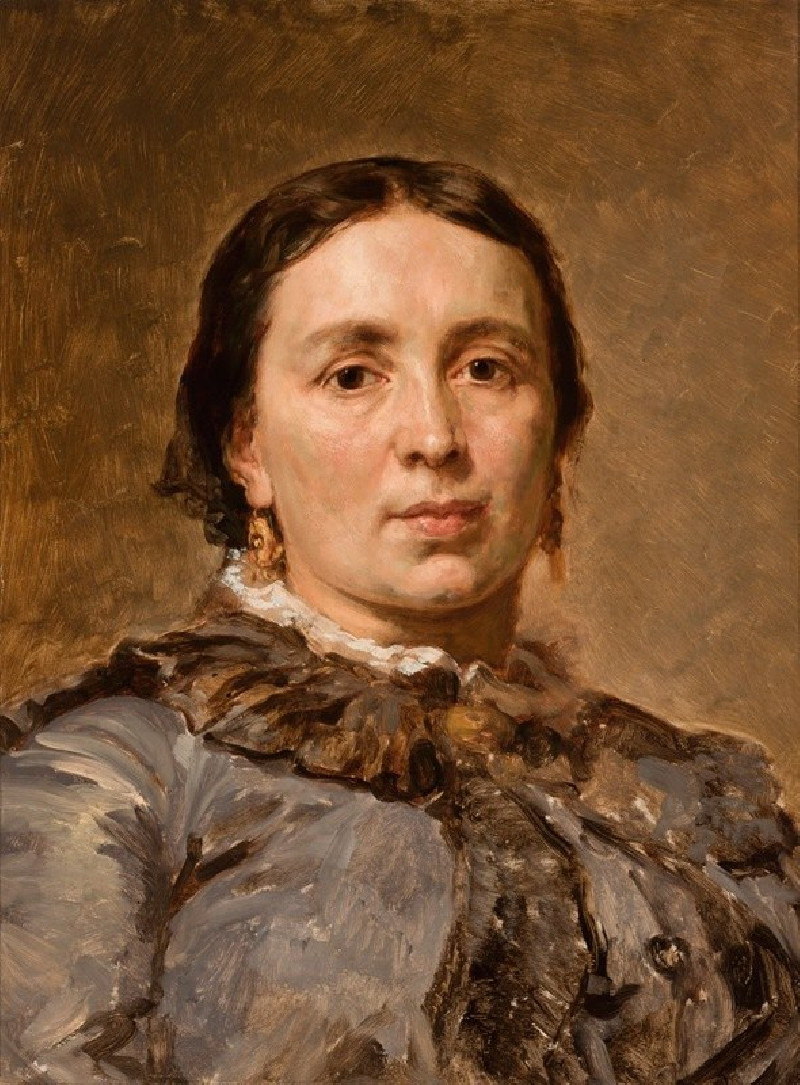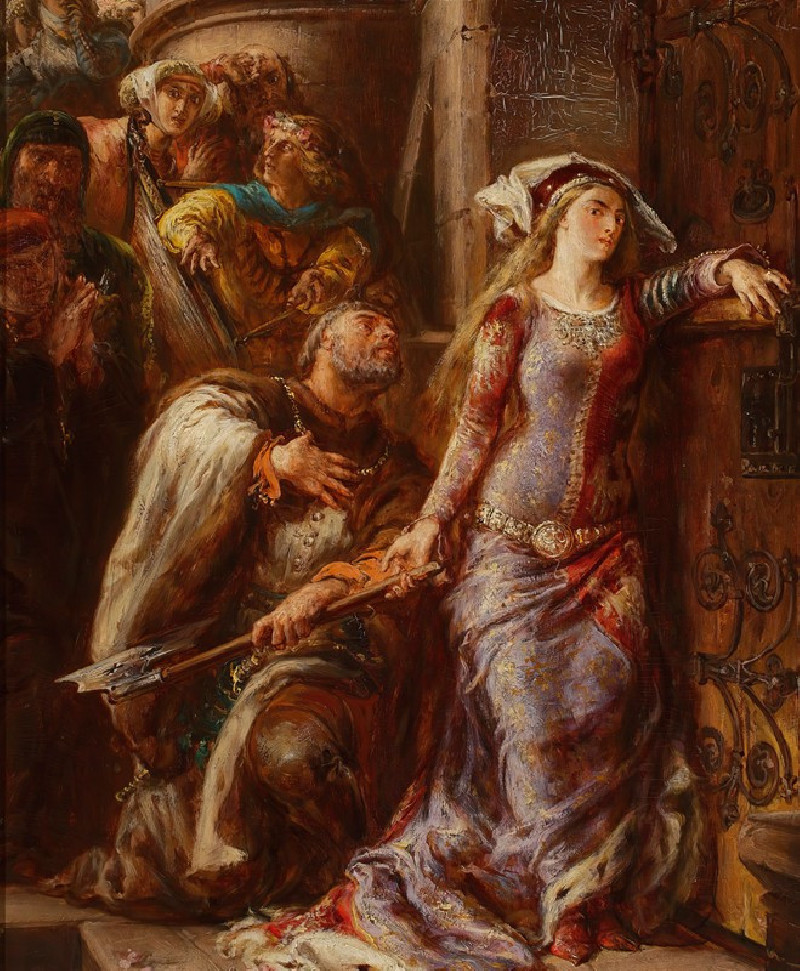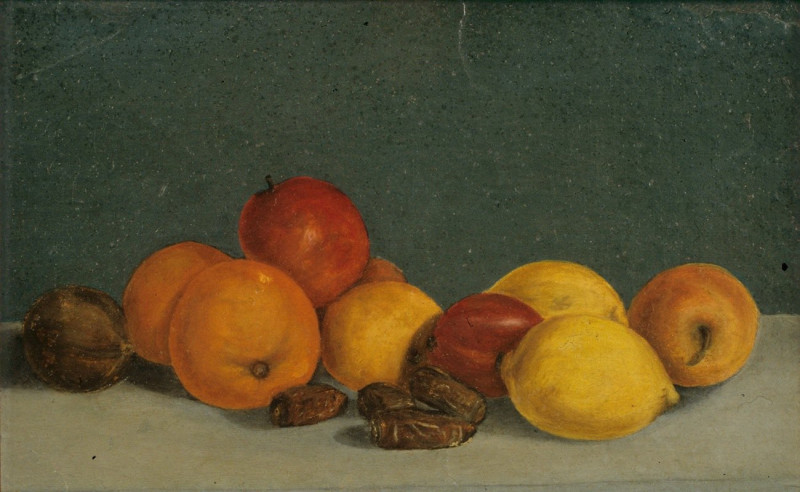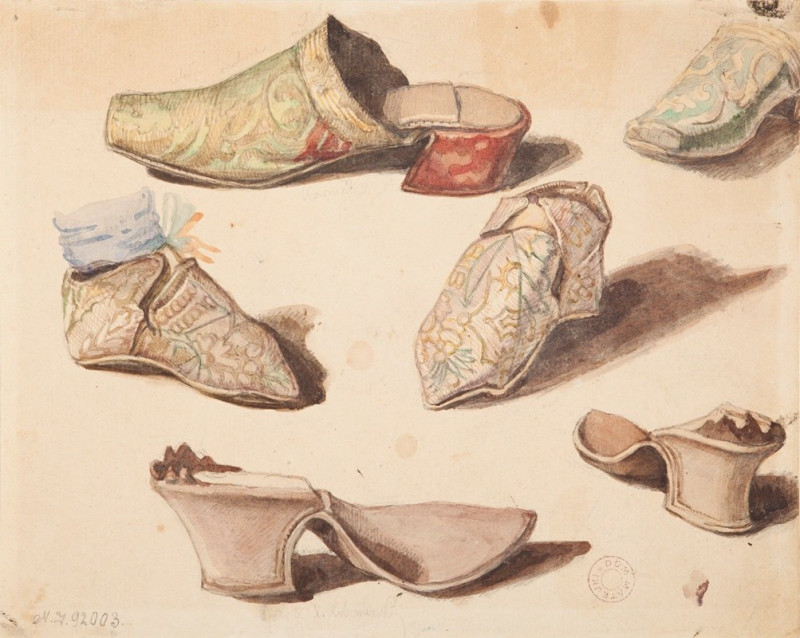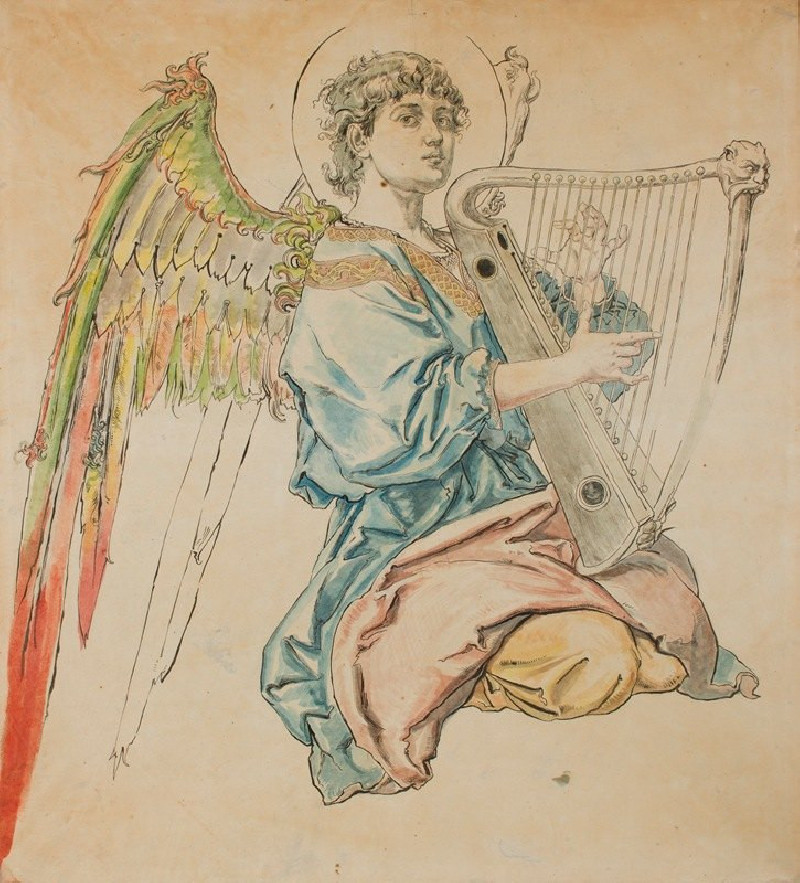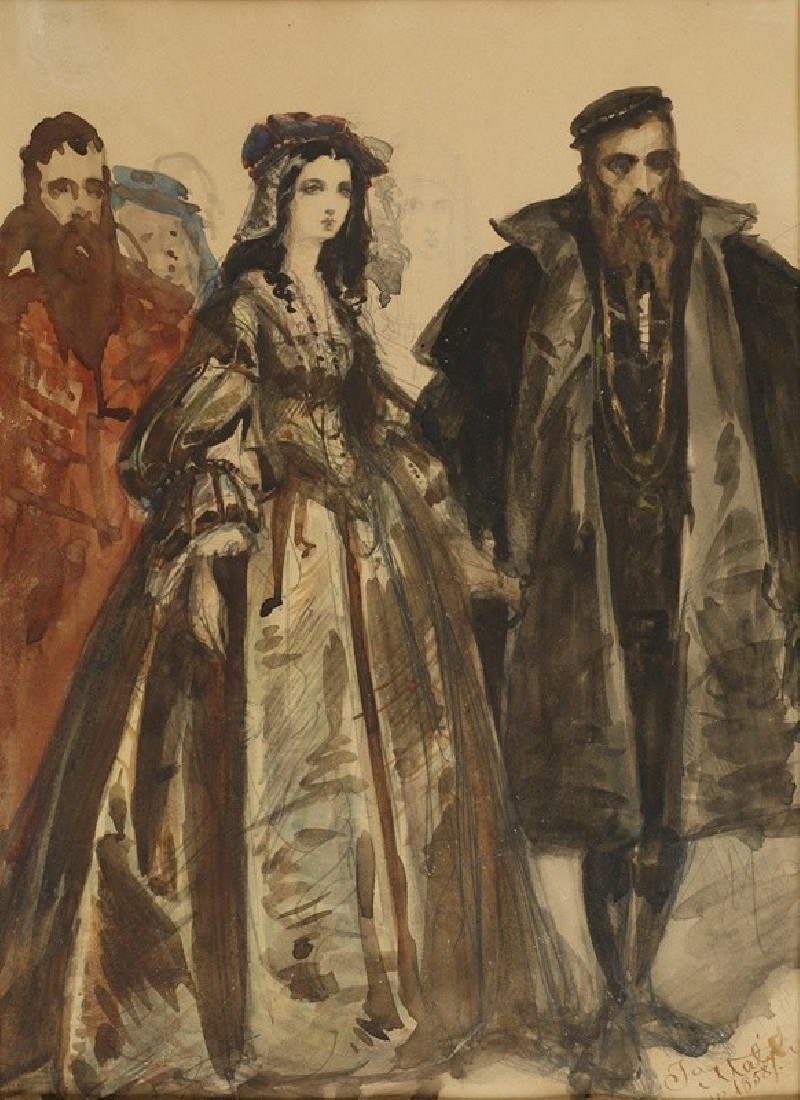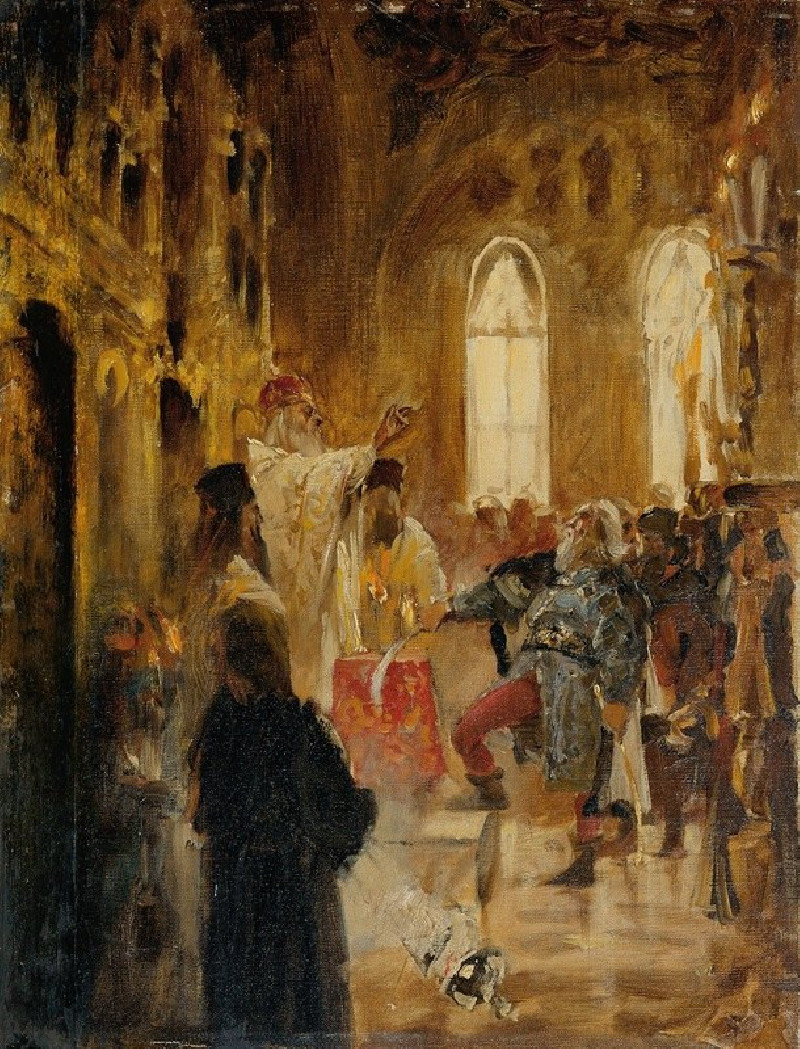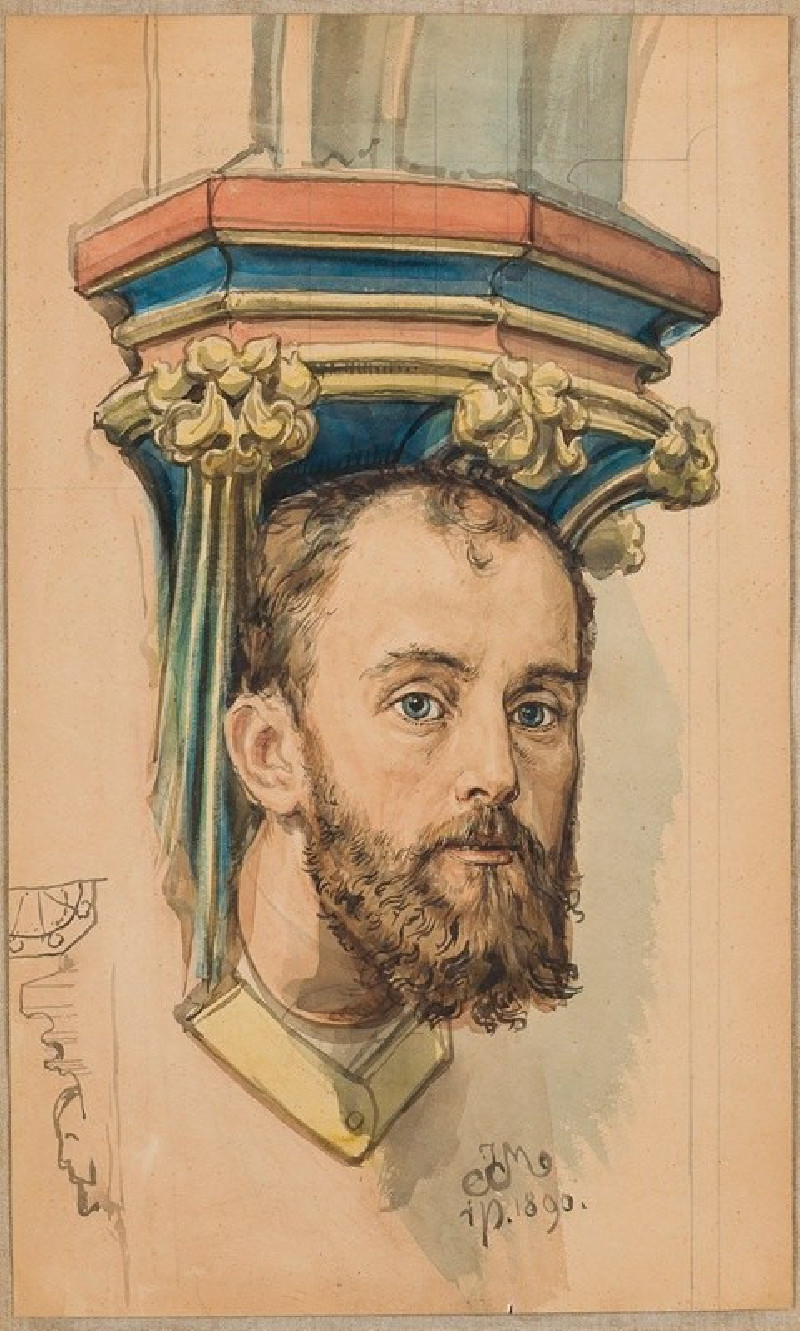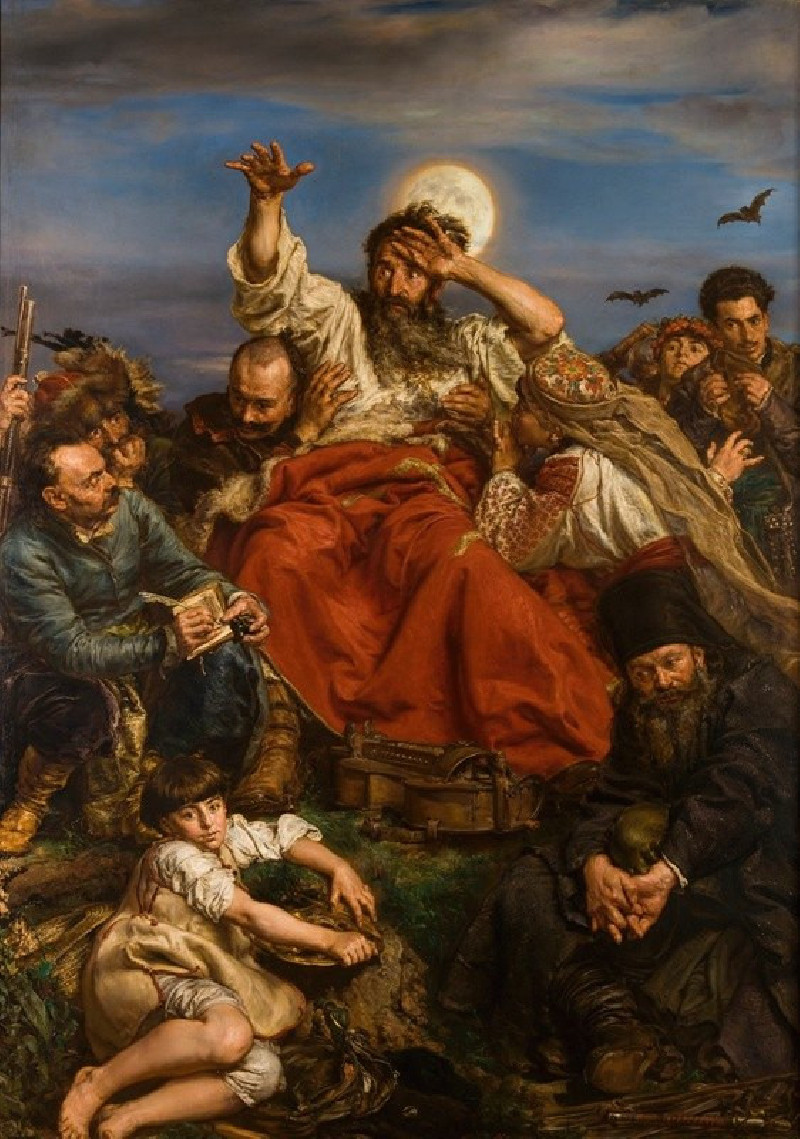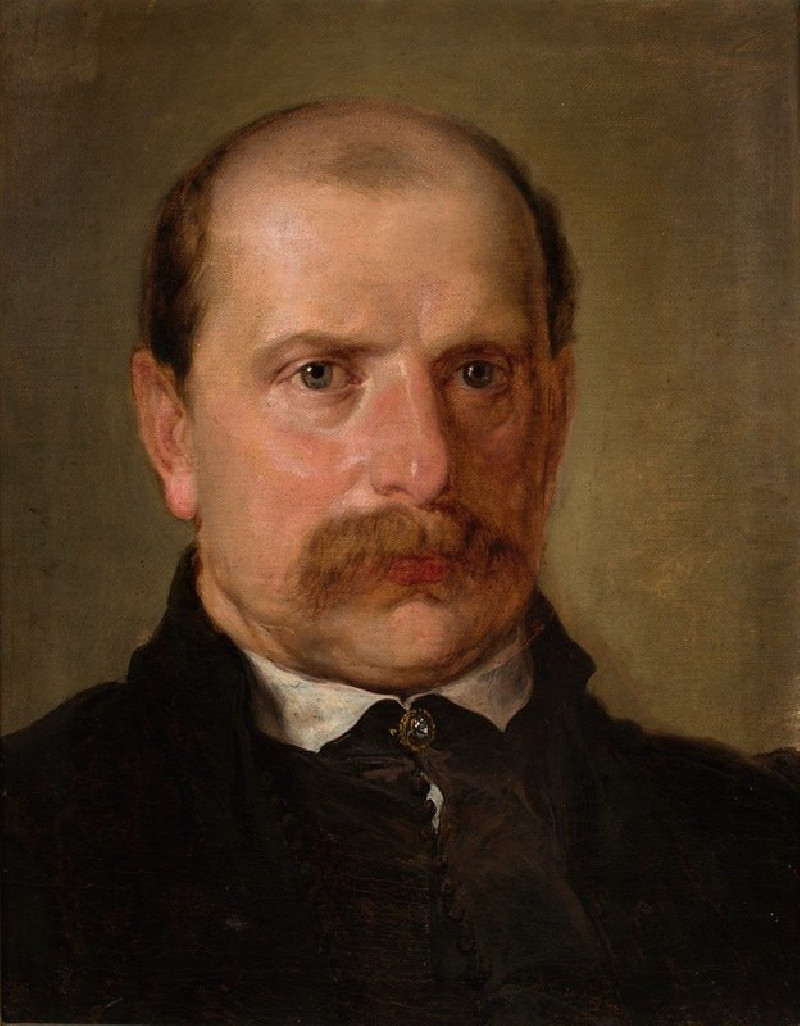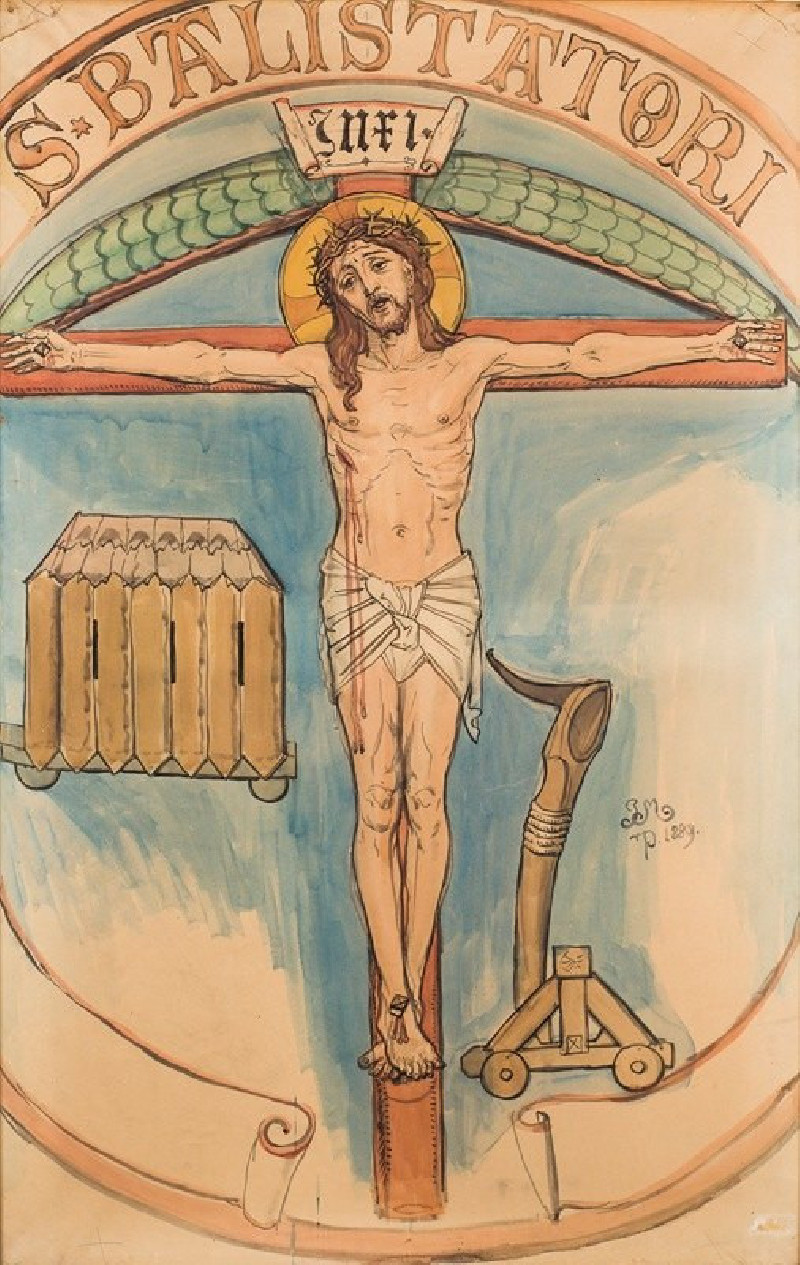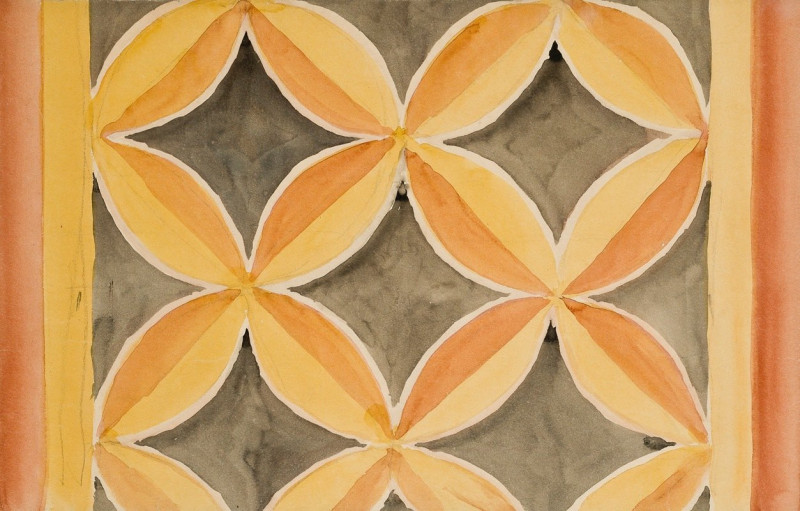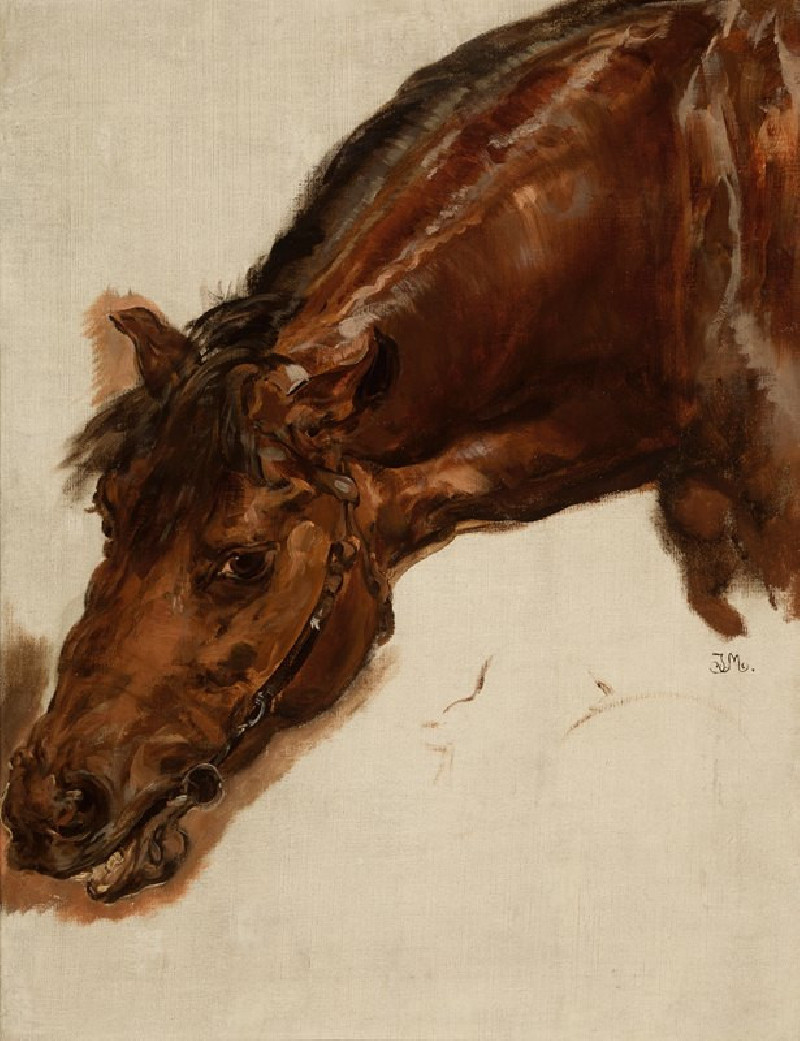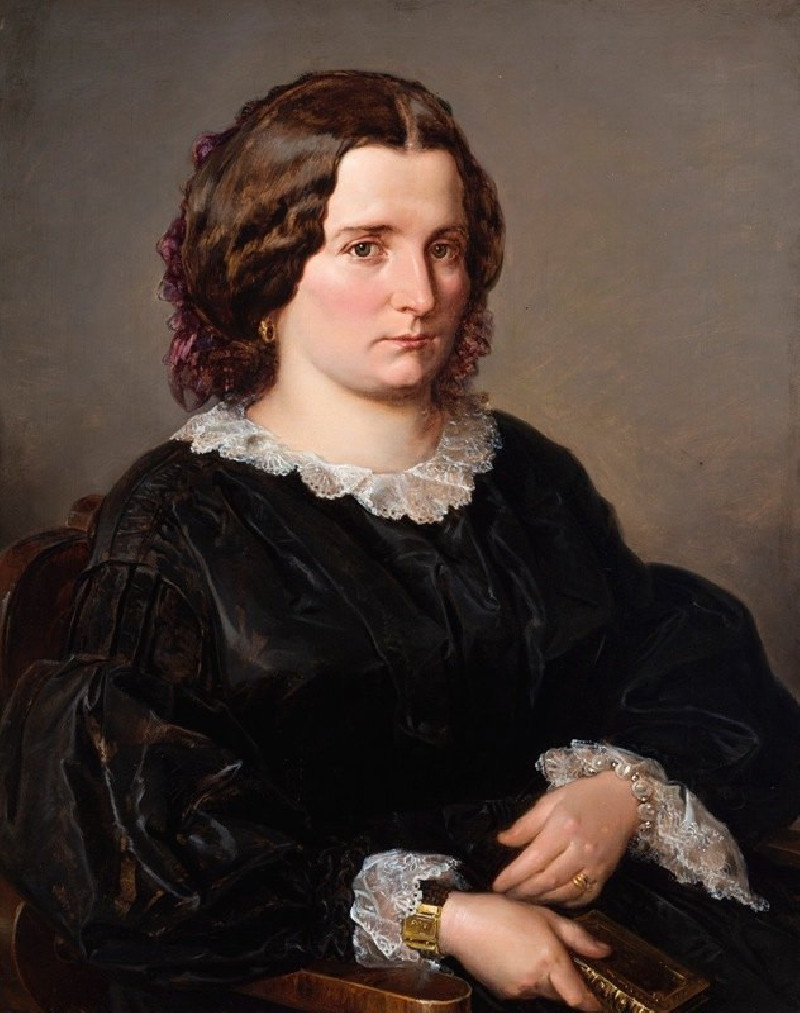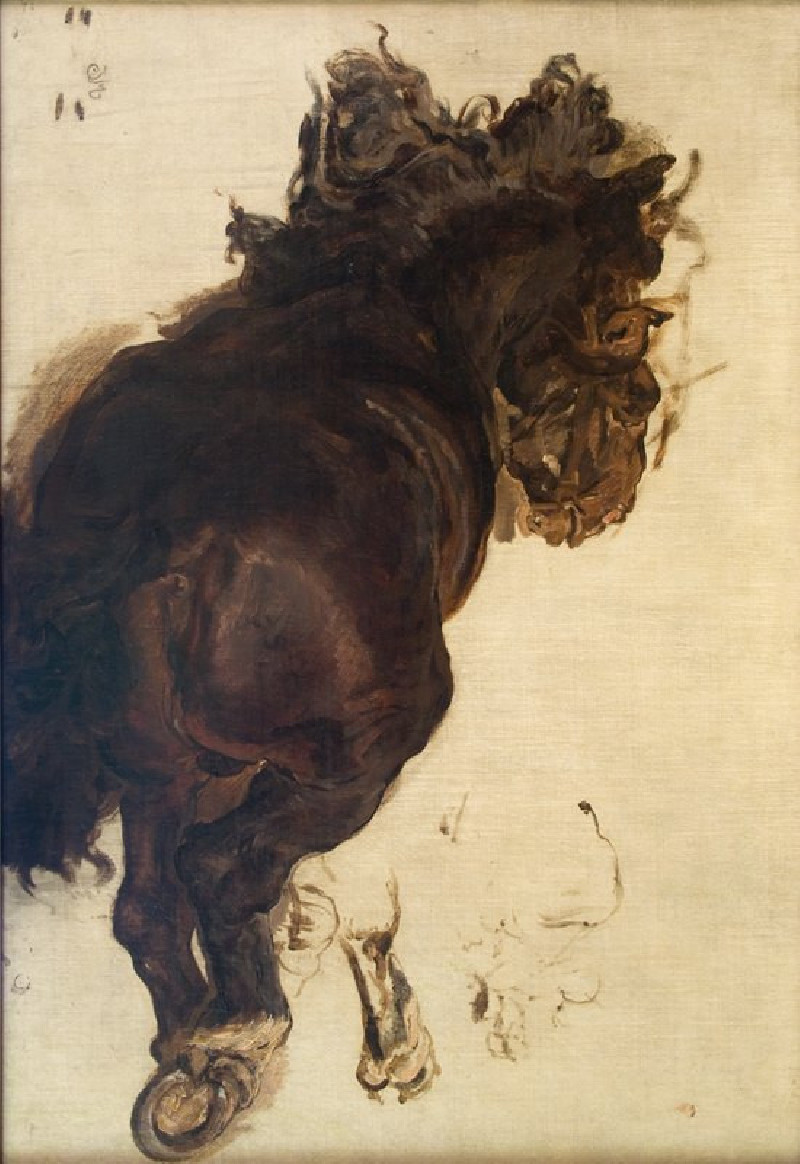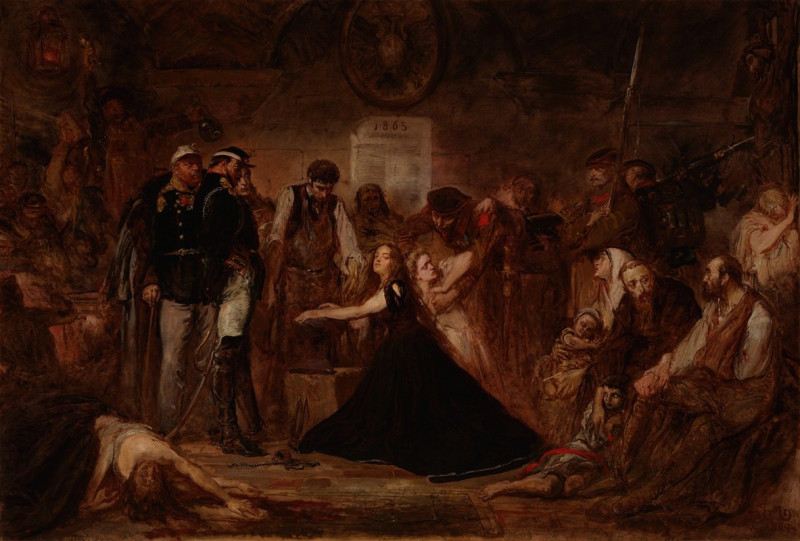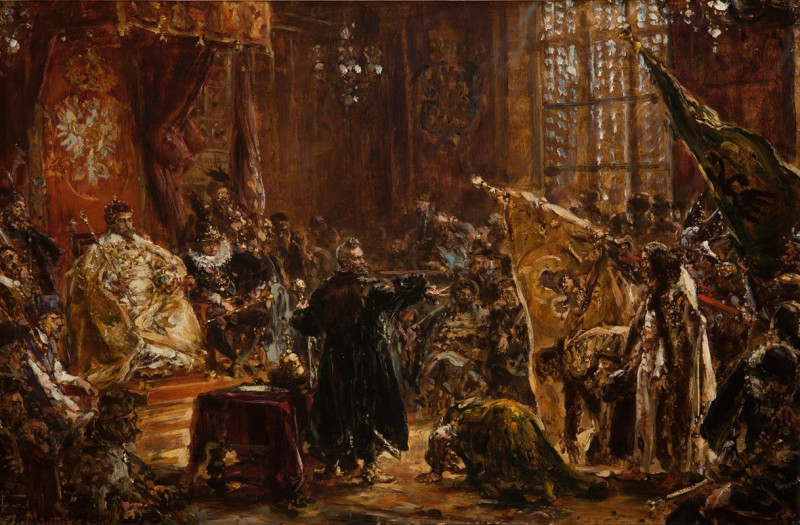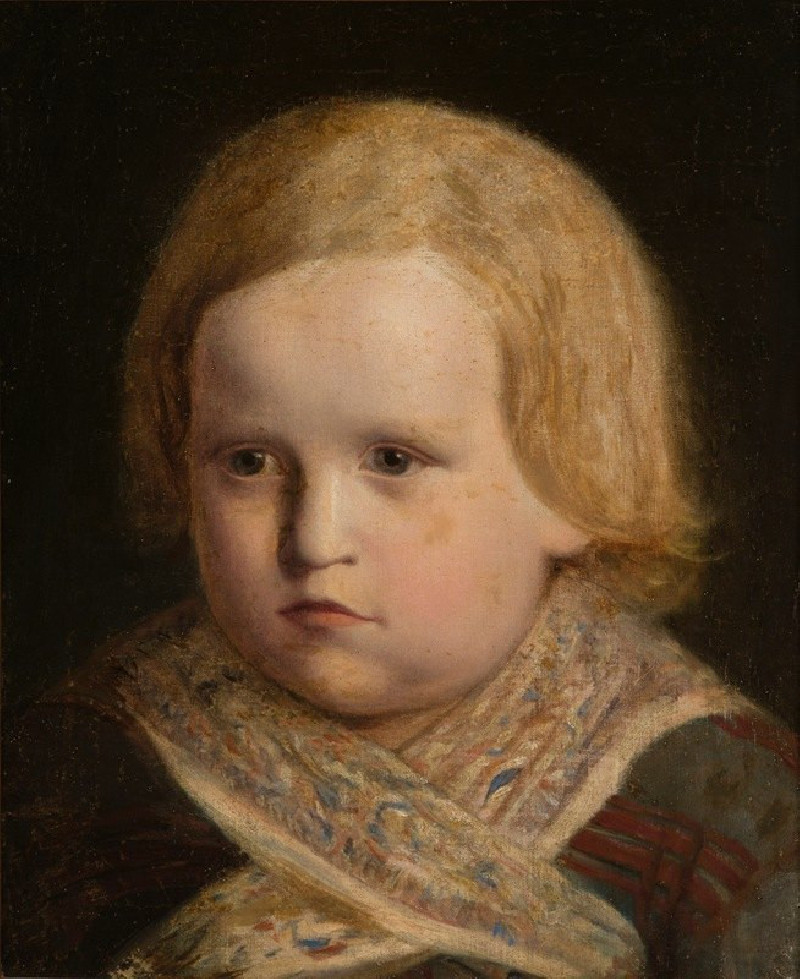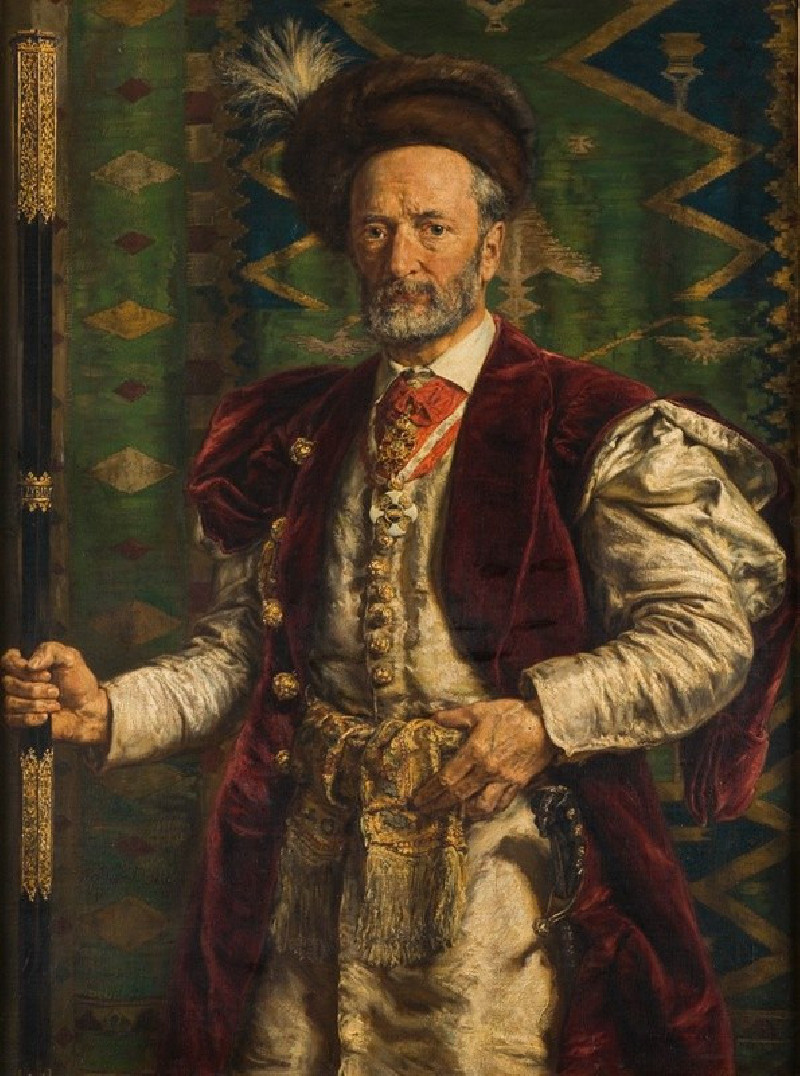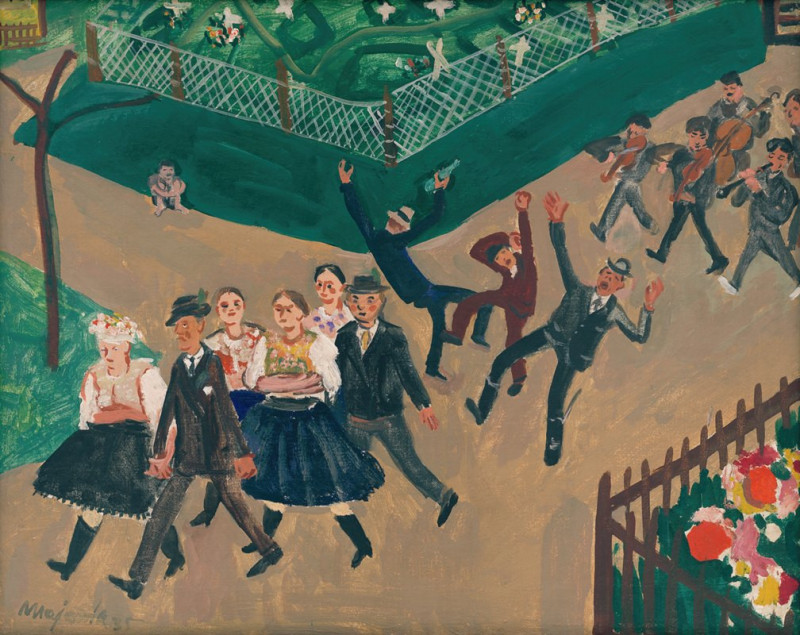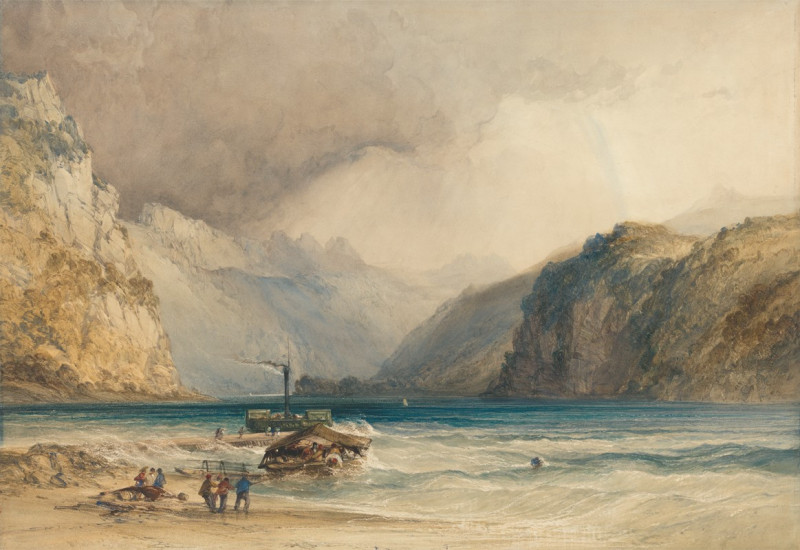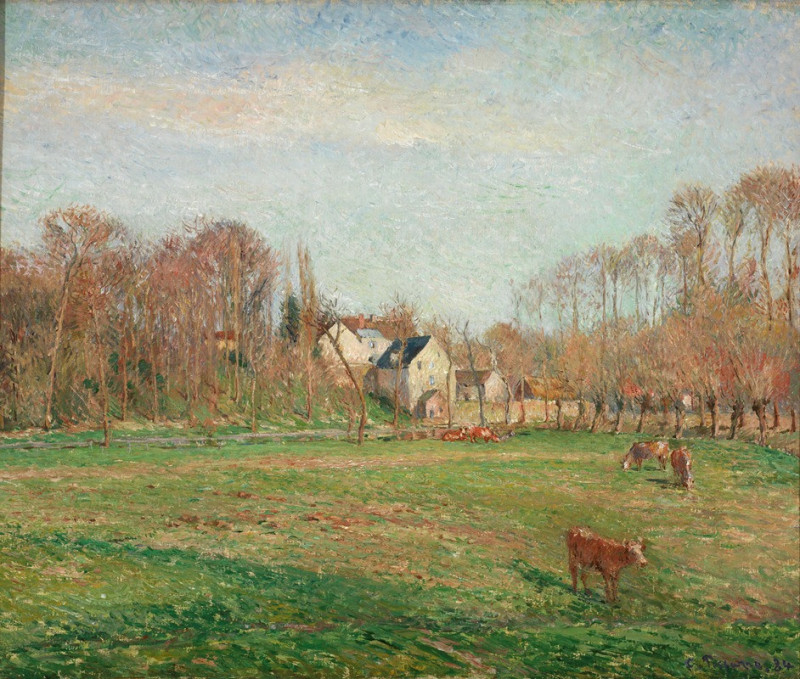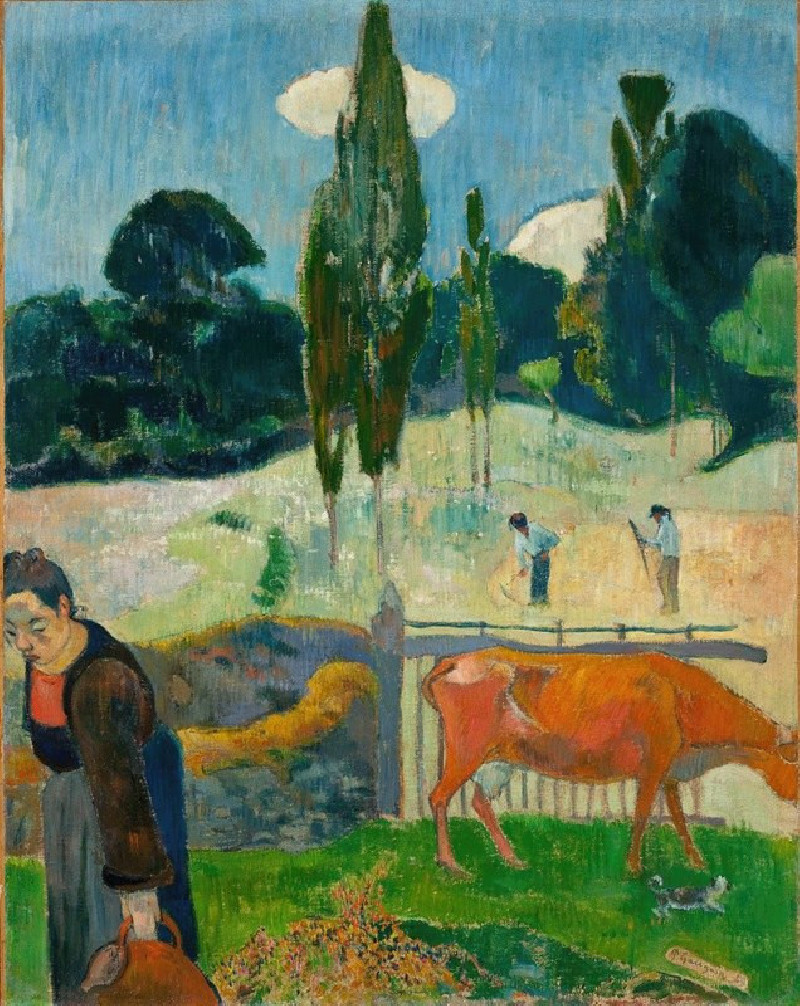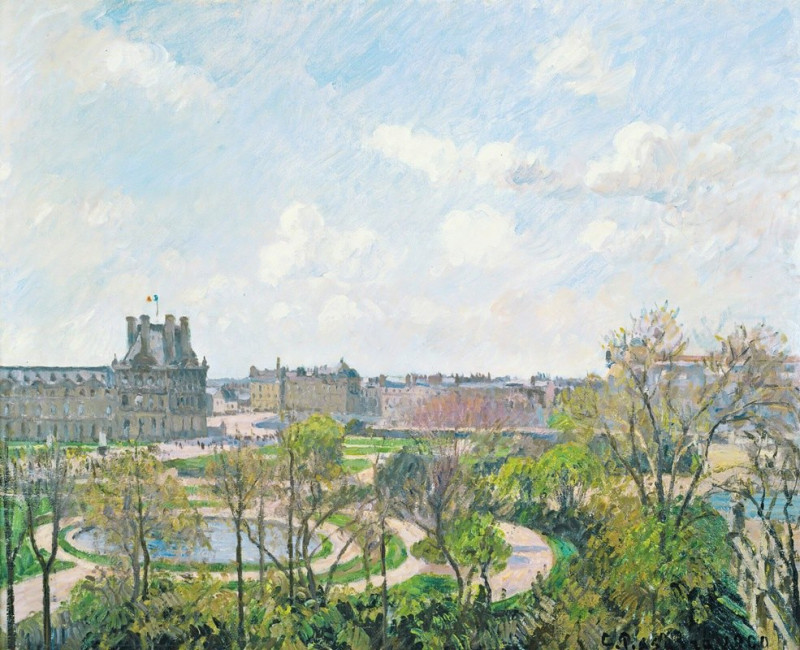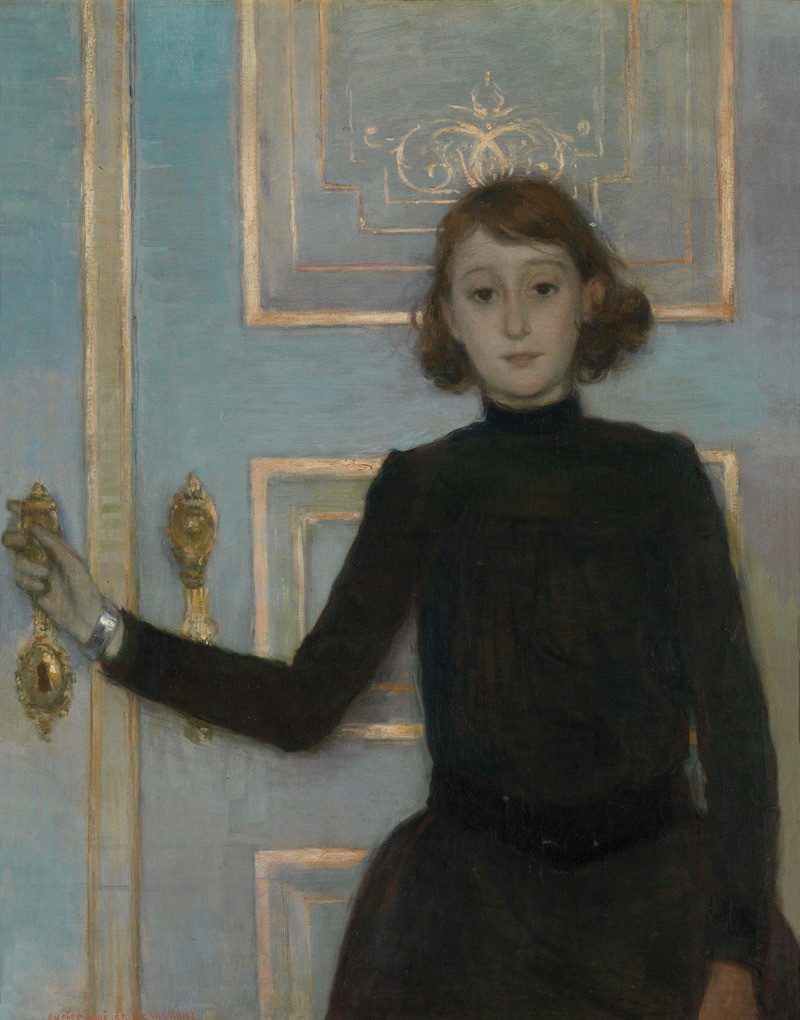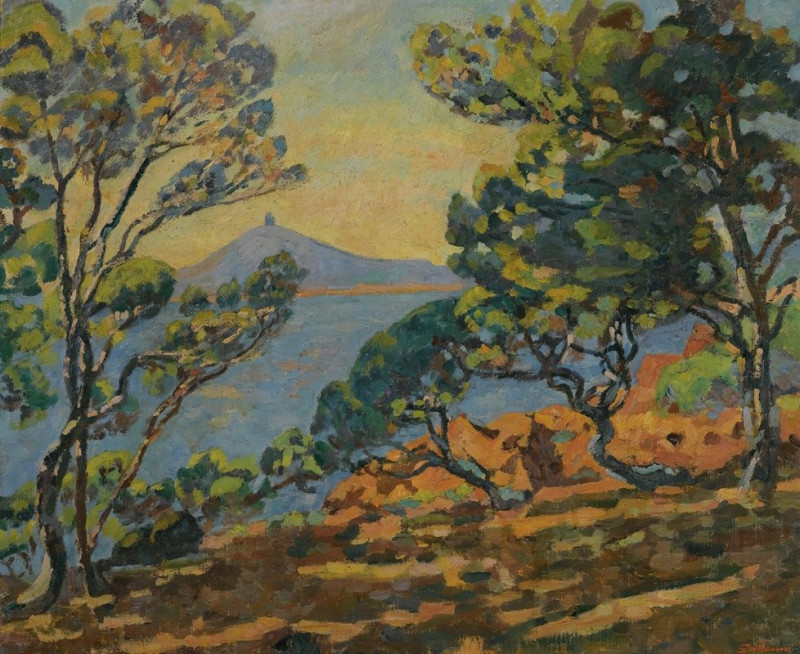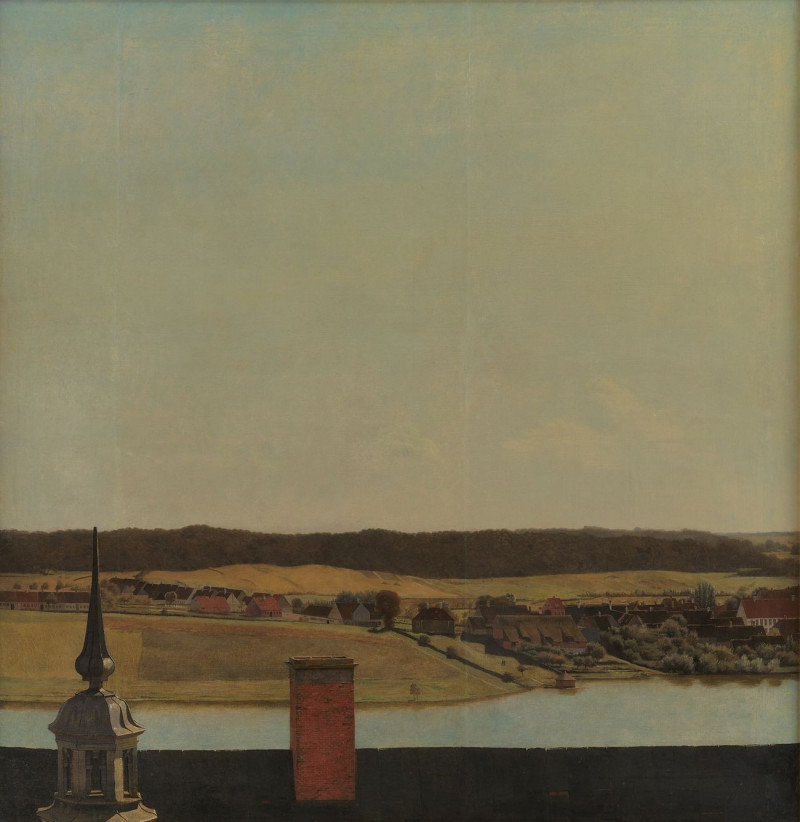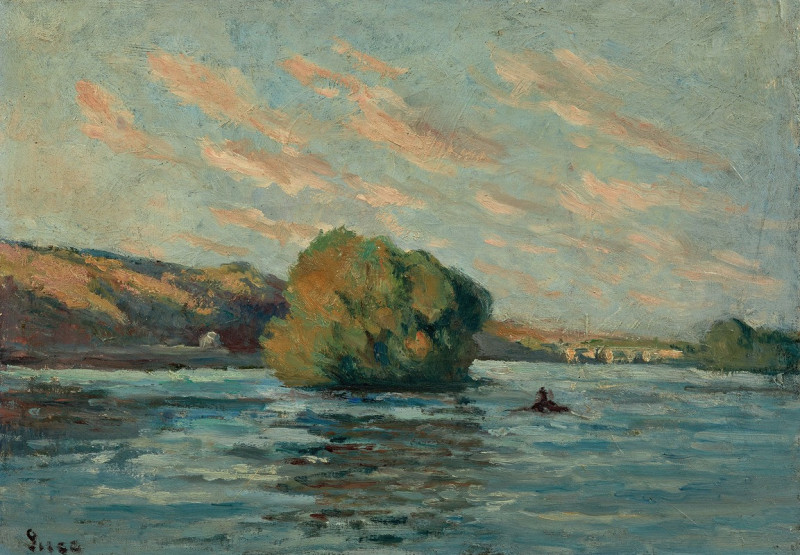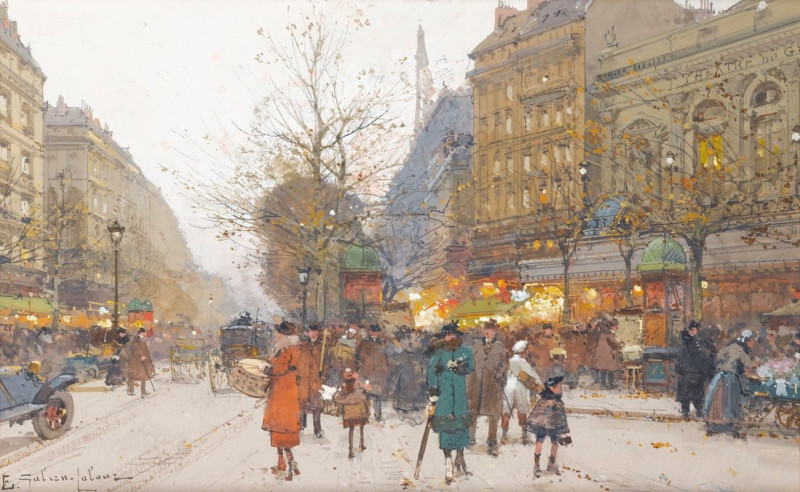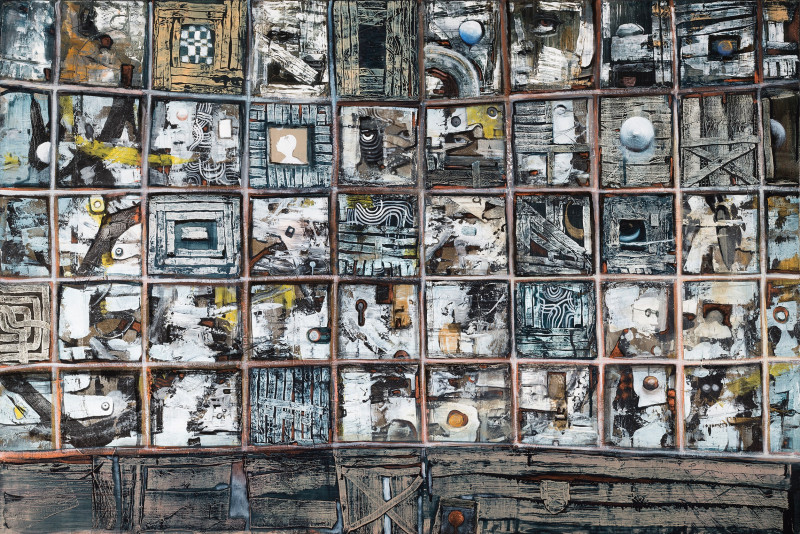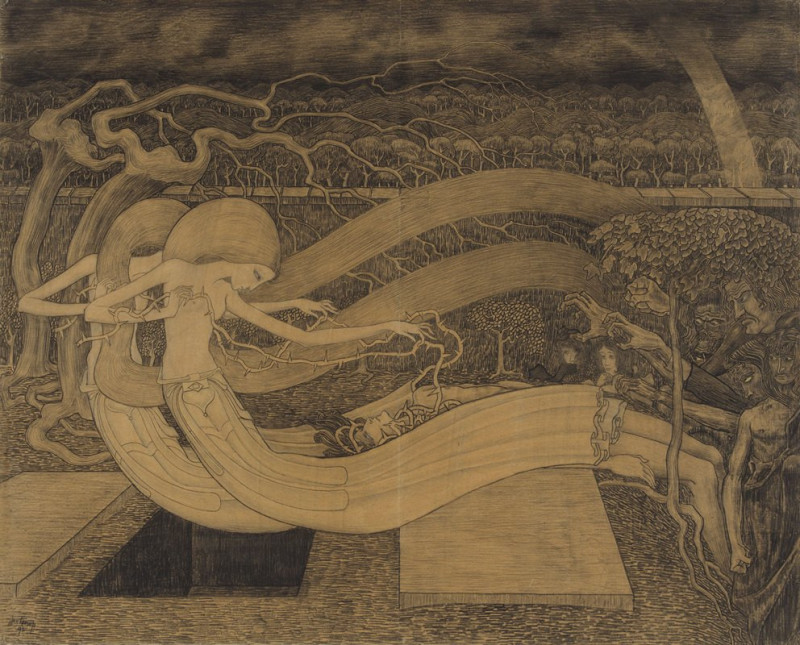Portrait of Łukasz Dobrzański (1873)
Technique: Giclée quality print
Recommended by our customers
More about this artwork
This arresting painting by the renowned Polish artist Jan Matejko portrays Łukasz Dobrzański, a distinguished figure whose life and achievements are immortalized in this masterful artwork. Created in 1873, the portrait is an exemplary showcase of Matejko's skill in capturing not only the physical attributes but also the deeper essence of his subjects.In this particular work, Dobrzański is depicted as an elderly man, his face bearing the marks and wisdom of age. His thoughtful eyes, set deep into a visage framed by a flowing beard and mustache, reflect a life of experience and contemplation. The expression on his face is solemn, exuding a sense of quiet dignity and introspection.Dobrzański is dressed in a traditional dark coat with a crisp white shirt peeking through. Notably, he wears a medal pinned to his chest, indicating his standing and recognition in society, possibly for his contributions or service. The background of the portrait is subdued, a deep, warm burgundy that serves to highlight the subject's facial features and the gleam of the medal, not allowing any distractions from the figure's compelling presence.Jan Matejko's use of light and shadow, his meticulous attention to detail, and his ability to convey the character of his subjects are all evident in this portrait. This piece not only captures a moment in time but also tells the story of a man who has lived through significant events, bearing his honors with a humble grace.
Delivery
Returns
Jan Alojzy Matejko was a Polish painter, a leading 19th-century exponent of history painting, known for depicting nodal events from Polish history. His works include large scale oil paintings such as Rejtan (1866), the Union of Lublin (1869), the Astronomer Copernicus, or Conversations with God (1873), or the Battle of Grunwald (1878). He was the author of numerous portraits, a gallery of Polish monarchs in book form, and murals in St. Mary's Basilica, Kraków. He is considered by many as the most celebrated Polish painter, and sometimes as the "national painter" of Poland.



